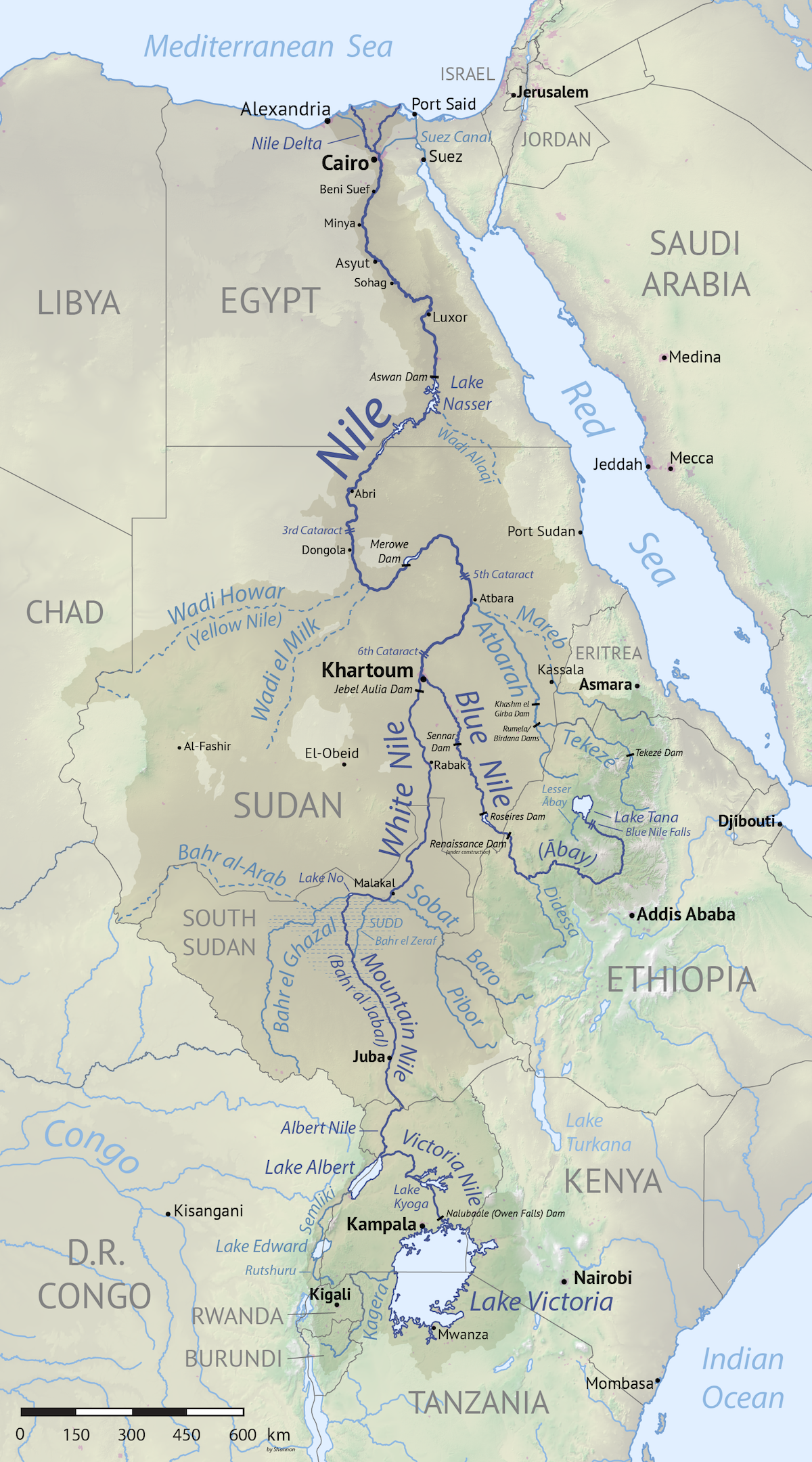|
Ishango Bone (cropped)
The Ishango bone, discovered at the "Fisherman Settlement" of Ishango in the Democratic Republic of the Congo, is a bone tool and possible mathematical device that dates to the Upper Paleolithic era. The curved bone is dark brown in color, about 10 centimeters in length, and features a sharp piece of quartz affixed to one end, perhaps for engraving. Because the bone has been narrowed, scraped, polished, and engraved to a certain extent, it is no longer possible to determine what animal the bone belonged to, although it is assumed to have been a mammal.Association pour la diffusion de l'information archéologique/Royal Belgian Institute of Natural Sciences, Brussels (n.d.). "Have You Heard of Ishango?" (PDF). ''Natural Sciences''. The ordered engravings have led many to speculate the meaning behind these marks, including interpretations like mathematical significance or astrological relevance. It is thought by some to be a tally stick, as it features a series of what has been in ... [...More Info...] [...Related Items...] OR: [Wikipedia] [Google] [Baidu] |
Nile River
The Nile (also known as the Nile River or River Nile) is a major north-flowing river in northeastern Africa. It flows into the Mediterranean Sea. The Nile is the longest river in Africa. It has historically been considered the longest river in the world, though this has been contested by research suggesting that the Amazon River is slightly longer.Amazon Longer Than Nile River, Scientists Say Of the world's major rivers, the Nile has one of the lowest average annual flow rates. About long, its covers eleven countries: the |
Slide Rule
A slide rule is a hand-operated mechanical calculator consisting of slidable rulers for conducting mathematical operations such as multiplication, division, exponents, roots, logarithms, and trigonometry. It is one of the simplest analog computers. Slide rules exist in a diverse range of styles and generally appear in a linear, circular or cylindrical form. Slide rules manufactured for specialized fields such as aviation or finance typically feature additional scales that aid in specialized calculations particular to those fields. The slide rule is closely related to nomograms used for application-specific computations. Though similar in name and appearance to a standard ruler, the slide rule is not meant to be used for measuring length or drawing straight lines. Maximum accuracy for standard linear slide rules is about three decimal significant digits, while scientific notation is used to keep track of the order of magnitude of results. English mathematician and clergy ... [...More Info...] [...Related Items...] OR: [Wikipedia] [Google] [Baidu] |
Duodecimal
The duodecimal system, also known as base twelve or dozenal, is a positional numeral system using twelve as its base. In duodecimal, the number twelve is denoted "10", meaning 1 twelve and 0 units; in the decimal system, this number is instead written as "12" meaning 1 ten and 2 units, and the string "10" means ten. In duodecimal, "100" means twelve squared (144), "1,000" means twelve cubed (1,728), and "0.1" means a twelfth (0.08333...). Various symbols have been used to stand for ten and eleven in duodecimal notation; this page uses and , as in hexadecimal, which make a duodecimal count from zero to twelve read 0, 1, 2, 3, 4, 5, 6, 7, 8, 9, , , and finally 10. The Dozenal Societies of America and Great Britain (organisations promoting the use of duodecimal) use turned digits in their published material: (a turned 2) for ten (dek, pronounced dɛk) and (a turned 3) for eleven (el, pronounced ɛl). The number twelve, a superior highly composite number, is ... [...More Info...] [...Related Items...] OR: [Wikipedia] [Google] [Baidu] |
Vladimir Pletser
Vladimir Pletser (born 28 February 1956) is Director of Space Training Operations at Blue Abyss since 2018, where he is in charge of developing astronaut training programs. From 2016 to early 2018, he was a Visiting Professor and Scientific Adviser at the Technology and Engineering Centre for Space Utilization (CSU) of the Chinese Academy of Sciences in Beijing, China. He supported the preparation of scientific experiments in microgravity for the Chinese Tiangong space station and for aircraft parabolic flights. He worked previously from 1985 till early 2016 as a senior Physicist Engineer at the European Space Research and Technology Centre (ESTEC) of ESA. He is an expert in microgravity during aircraft parabolic flights for which he holds a world record. He is known as ‘Mister Parabolic Flights’, ‘Mister Parabolas’, ‘Homo Parabolicus’ or ‘Mister Microgravity’. An astronaut candidate for Belgium since 1991, he spent two months in training in 1995 at NASA's Johnson ... [...More Info...] [...Related Items...] OR: [Wikipedia] [Google] [Baidu] |



